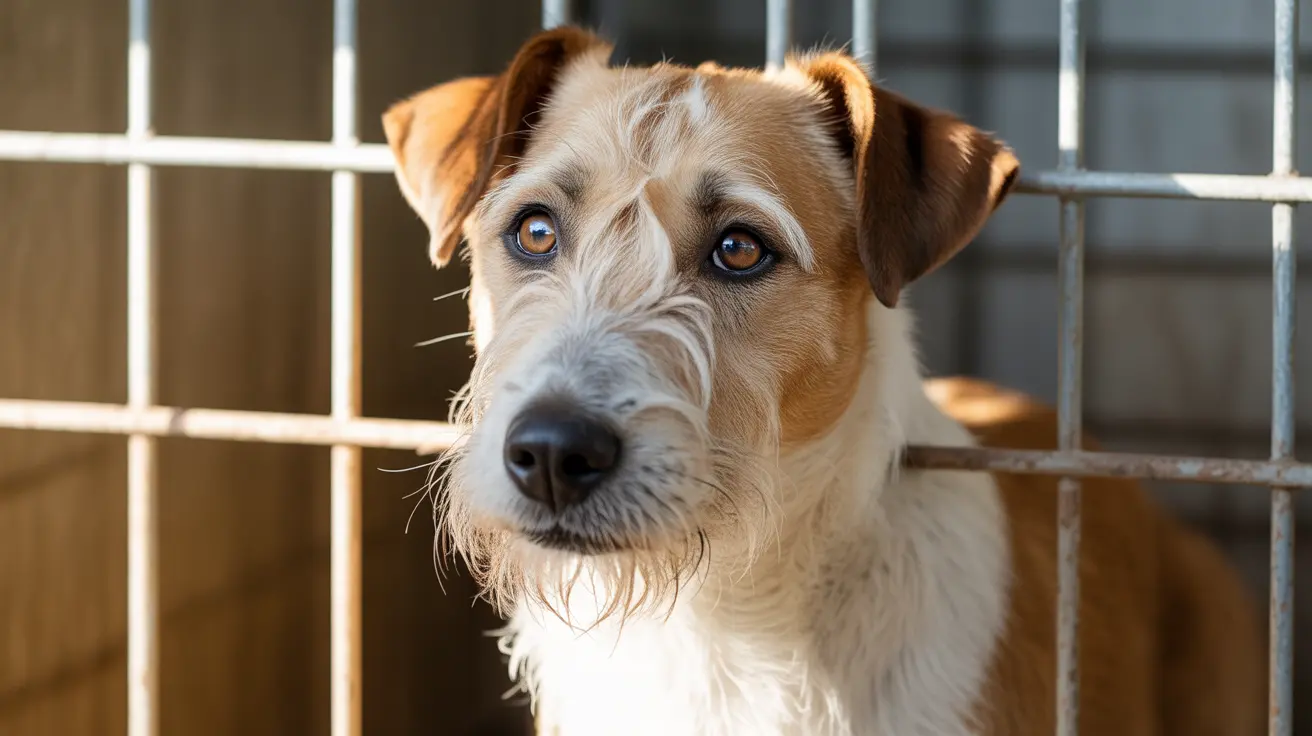Why Does My Dog Rub Its Face with Its Paw?
It's common to see a dog rub its face with its paw, and although it can be cute, this behavior can have various meanings. Understanding the possible reasons behind this action is important for ensuring your dog’s comfort and health. Here’s what this behavior could indicate and what to do about it.
1. Grooming and Cleaning
One of the most common reasons a dog rubs its face with its paw is to clean itself. Dogs often mimic grooming behaviors similar to cats, such as using a paw to wipe or scratch at their face. If there’s dirt, food, or moisture on their face, a quick rub might be their way of wiping it off.
2. Itchiness or Allergies
Much like humans might scratch an itchy spot, dogs use their paws to address irritation or itchiness. Common causes of facial itchiness include:
- Seasonal allergies caused by pollen, mold, or dust mites
- Flea bites or other insect issues
- Skin infections or conditions like dermatitis
- Dry skin from environmental factors or poor diet
If rubbing appears excessive or is accompanied by redness, swelling, or hair loss, a veterinarian visit is recommended to rule out these conditions.
3. Eye or Ear Irritation
Dogs will often use their paws or rub their face on the floor to address sensory discomfort. Irritation in the eyes or ears might prompt this behavior. Signs include:
- Swollen, red, or watery eyes
- Frequent head shaking or tilting
- Scratching behind ears
Possible causes include ear infections, conjunctivitis, foreign objects like grass, or excessive wax buildup.
4. Something Stuck on the Face
Foreign particles such as food, grass, or burrs may get lodged in a dog’s fur near its eyes, nose, or mouth. Rubbing the face with a paw is an attempt to dislodge or remove the annoying item. Carefully inspect the area to see if anything visible can be safely removed by hand or rinsed off with water.
5. Habit or Play
Some dogs rub their faces purely from habit or playfulness. If your dog does it after playing with toys or rolling on the ground, it may be a self-soothing action or just part of their natural routine.
6. Behavioral Reasons
In rarer cases, rubbing may be linked to stress, anxiety, or obsessive behaviors. If the pawing is repetitive, intense, or seems unrelated to any physical discomfort, consider observing whether there are other signs of stress such as:
- Loss of appetite
- Withdrawing from social interaction
- Destructive behavior
- Excessive licking or chewing of paws/tail
Behavioral issues often benefit from enrichment activities, training, or consultation with a trainer or veterinary behaviorist.
7. Facial Injuries and Dental Issues
Sometimes, discomfort from injured teeth, gums, or facial wounds can prompt face-rubbing. Symptoms may include:
- Bad breath or drooling
- Favoring one side of the mouth
- Swelling in the muzzle or jaw
If any of these are present, a dental check-up is strongly advised.
When to Be Concerned
While occasional face rubbing isn't alarming, you should consult a vet if:
- The behavior increases in frequency or intensity
- There are visible signs of infection, parasites, injury, or inflammation
- Your dog seems distressed or in pain
Preventive Measures
- Regularly clean your dog's face with vet-approved wipes
- Monitor for allergens or chemical exposure in your home
- Schedule regular vet visits for skin, ear, and dental checks
Dogs can’t tell us when something’s wrong, so paying attention to subtle behaviors like face rubbing can lead to early detection of issues and ensure your dog stays healthy and happy.





